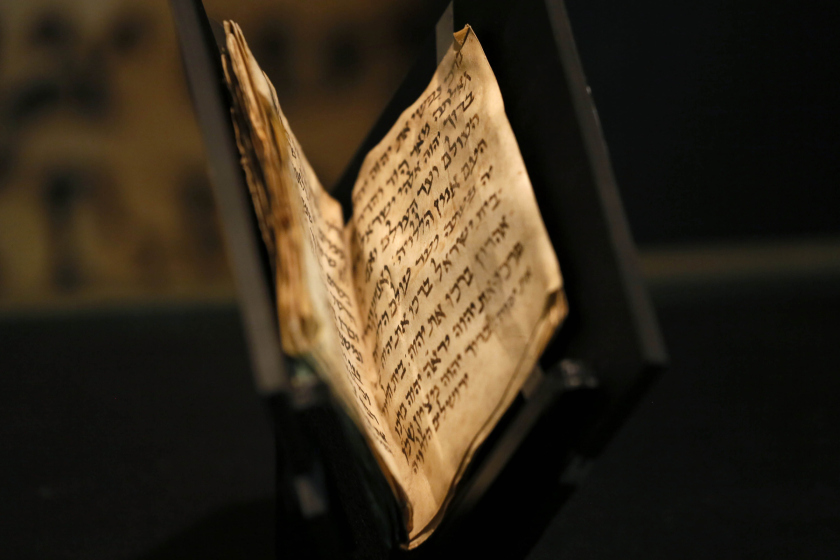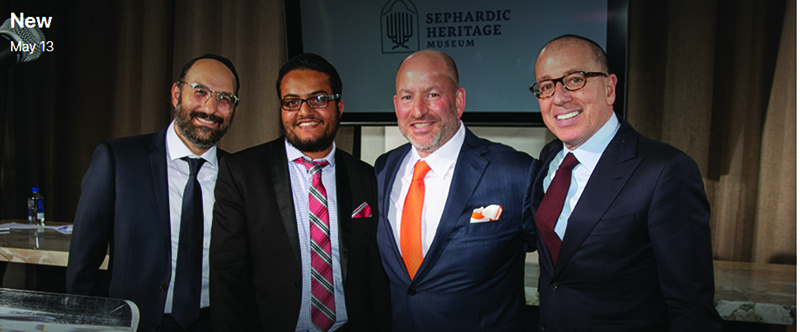
Last Shabbat we had twenty four people around our dinner table—this week, eighteen. Week after week our families gather to make kiddush. We exchange kisses and blessings like a game of tag, eat elegantly pointed mazza, and dig into a meal that would make the Queen of England blush. These rituals are more than tradition; they are part of who we are. They are our legacy and our truth.
The Sephardic Heritage Museum (SHM) was created by Joseph J. Sitt to help us remember and cherish our heritage. At the first documentary film presentation in Lincoln Center, more than three thousand people crowded the theater. My husband and I insisted all our children attend and we came away from that evening changed.
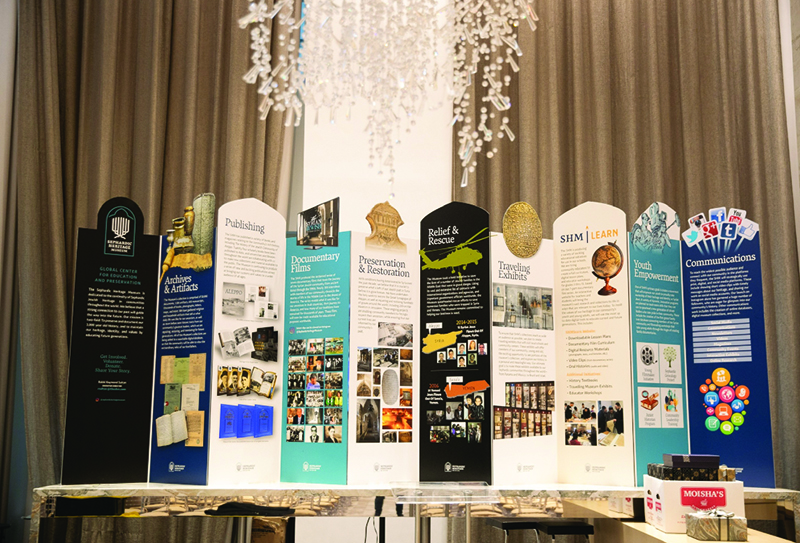
What began quietly and discreetly has grown unapologetically over the years. Today, the Sephardic Heritage Museum encompasses far more than the movies it’s famous for. At first, there was a rare and extraordinary collection of books and artifacts. Then, Mr. Sitt and Rabbi Raymond Sultan led a small group of men through Syria to uncover the dynasty that is our birthplace, documenting remarkable information and history. Then, the priceless compilation of video and audio recordings began, managed by the impeccable and amazing Marlene Mamiye. All of this went on against a ticking clock of a dwindling generation.
A concentrated effort grew toward the archaeological restoration of the Great Synagogue of Aleppo and the repair of desecrated gravesites of many of our rabbis and ancestors, in Syria and Israel. Then Rabbi David Azar and many dedicated historians amassed documents and artifacts, including birth and marriage certificates, manuscripts, and memorabilia dating back to the 1200’s. These are now easily read and accessible.
Education was the next hurdle. Gitta Neufeld, director of SHM Learn explains, “According to Jewish history books we, Sephardic-Syrian Jewry, are barely a footnote. Our story needs to be told.” The Aleppo History Book, sponsored by the Haddad family, is now being taught in conjunction with the films.
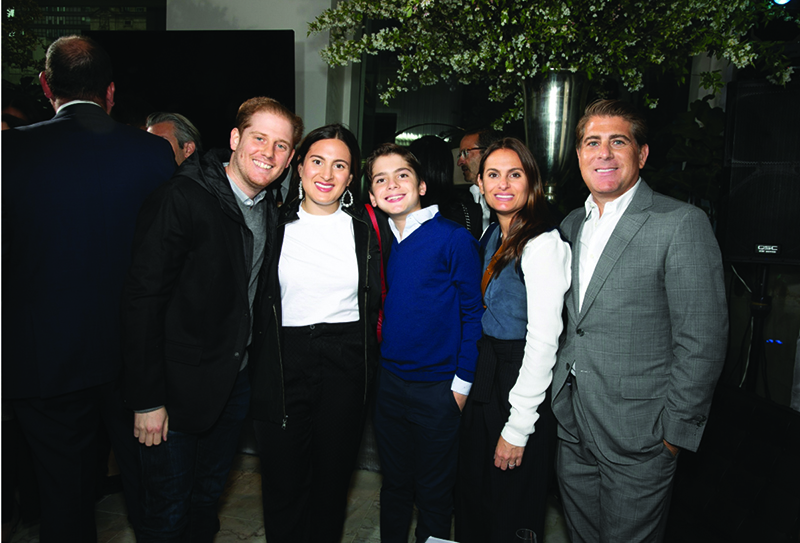
On the evening of May 13, 2019 the community gathered to celebrate the multifaceted growth of the Museum and honor the heroic efforts of Morris Missry. It was an amazing evening planned beautifully with the help of Norma Cohen.
Morris Missry, together with SHM, tackled the task of rescuing our brothers and sisters from war torn Yemen. Morris explained, “There were 100 Jews in Yemen when I received an article describing the atrocities they endured—just one hundred. In the spirit of Oskar Schindler, and the rescue of the Syrians in 1982, I could not stand by. Save a Jew, save the world.”
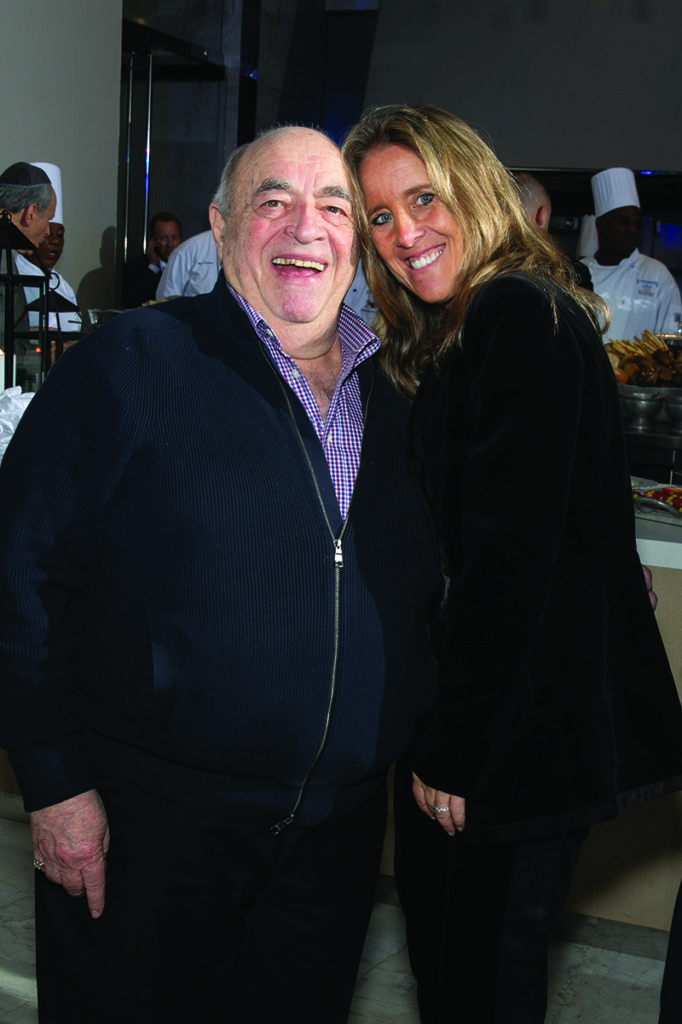
Morris described how Joe Sitt and Rabbi Raymond Sultan joined his plight without hesitation. He talked about the hundreds of phone calls, emails, and the six different countries that provided air and ground support for Operation Freedom. When he learned the first 11 Jews had landed in Amman, Jordan, and were on a bus to Israel, Morris’ relief was palpable. Many more have been rescued since, but sadly, approximately 50 Jews remain—persecuted, jailed, kidnapped and forced to convert. Morris quoted Elie Wiesel, “We must always take sides. Neutrality always helps the oppressor, never the oppressed. Love is not the opposite of hate, indifference is.”
Eric Azrak, a 7th grader at Yeshivah of Flatbush, also spoke at the event. He described how strongly the heritage curriculum affected him. His teacher, Mrs. Rita Franco, coupled scenes from the movies to her lesson plans, to bring the history to life. Eric explained, “After we returned to our regular curriculum, I found myself continuing to think about the clips we’d seen. One day, the generation who experienced the hardships of Syria will pass, and these videos might be their only legacy. Learning about our past allows us to establish a strong identity and retain our uniqueness. Without it, we face the danger of simply assimilating into American society.” He went on to thank SHM for having the foresight to interview so many founders of our community, to collect and preserve so much of our rich history, and to bring it to his classroom. He added, “G-d willing, my grandchildren will thank you one day, too.”
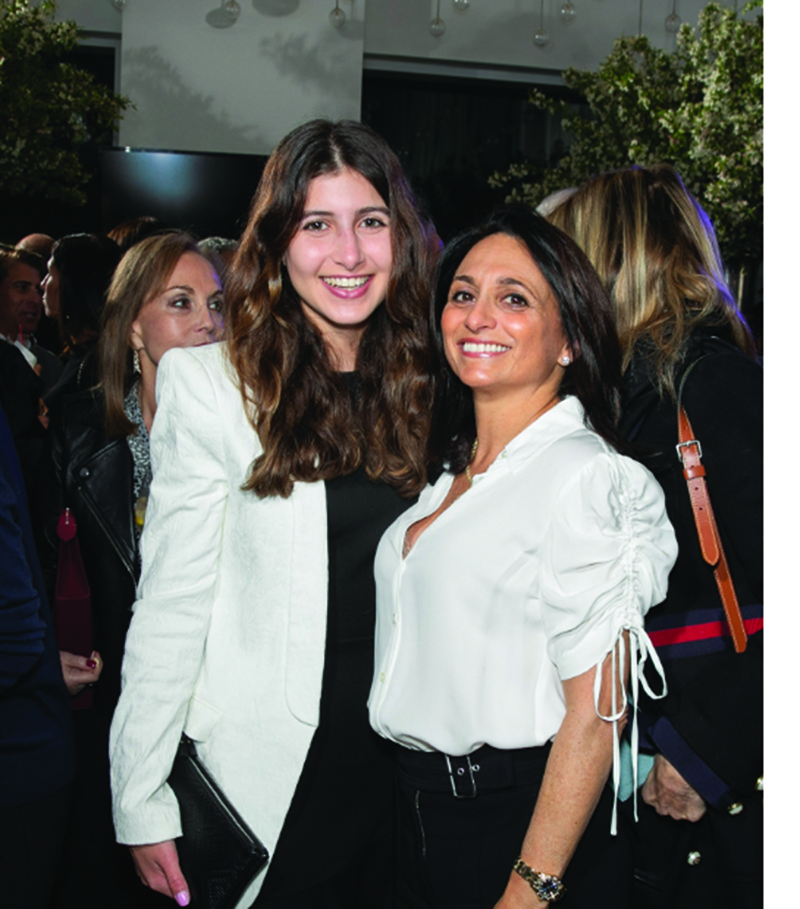
Recently, as I enjoyed my grandson in the park, I wondered what kind of world he’ll live in when he grows up. We’re blessed here in Brooklyn, but today’s political climate makes it a scary time for Jews everywhere. Many of us would prefer to dismiss it as background noise, but history teaches that indifference breeds apathy. We must never forget who we are. Now, more than ever, we must know what we are fighting for.
Rabbi Eli Mansour said it best, “When Moshe led the Jews out of Egypt he did not tell them about the beautiful things awaiting them in the Holy Land; he said, “Do not forget the things your eyes have seen, or let them fade from your heart as long as you live. Teach them to your children and to their children after them.”
Our enemies understand the importance of history; when they want to hurt us, they burn our books and desecrate our graves. We must make sure our children know the greatness they come from, it is their ultimate strength.”
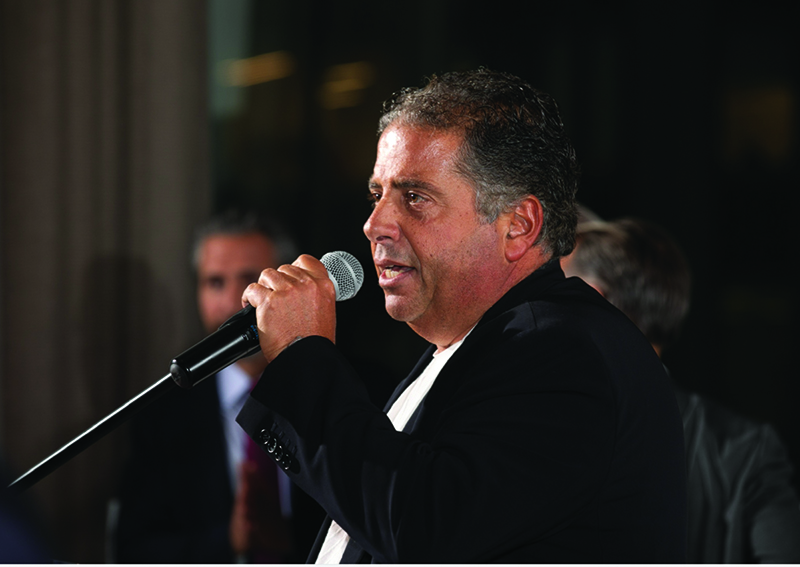
Joe Sitt concluded, “A torch was passed on to us, and it’s our responsibility to reignite the flame. What we’re doing at the Sephardic Heritage Museum will benefit the community for generations to come—over hundreds of thousands of years. Every one of us must get behind this effort to keep our heritage alive.”
Please visit Beit Yosef Synagogue on Norwood Avenue in Deal, New Jersey where many artifacts, documents, and photos are on display. There are so many facets to this Museum, each basically an organization in itself. They are, archives and artifacts, youth empowerment, communications, SHM Learn, publishing, documentary films, preservation and restoration, relief and rescue, traveling exhibits and genealogy. To volunteer your time or donate, please contact Rabbi Raymond Sultan at rsultan@thesff.org.θ

